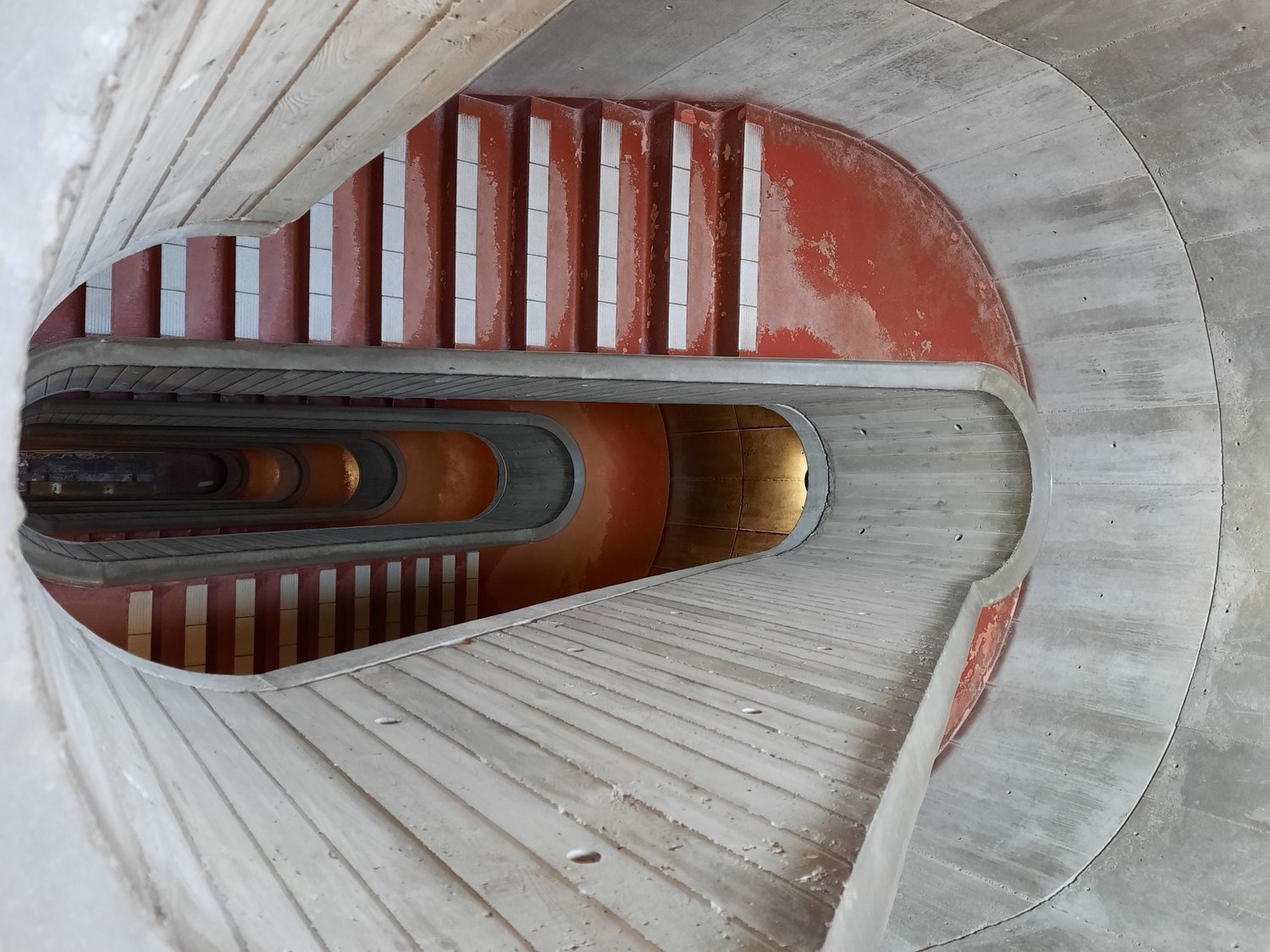
Research
Research overview
Threatening or dangerous situations create a constellation of physiological and behavioural responses. Yet, how an organism responds to a threatening situation depends on a variety of factors such as age, biological sex, past experiences, and the present spatial context.
We are particularly interested in how hippocampal context/spatial representations in the brain are modified by these experiential factors to guide evolutionarily conserved emotional behaviour. Our lab specifically investigates the dynamic circuit mechanisms that generate flexible fear and anxiety states. We use multiple state-of-the-art techniques to understand how fear and anxiety are represented in the brain and define the neuronal circuits responsible for these defensive behaviours.
By resolving the neuronal circuits that support defensive behaviours, our hope is for our discoveries to lead to novel therapeutics that reduce symptoms of mental illnesses such as post-traumatic stress disorder, generalized anxiety disorder, and depression.
Technical approaches
Behaviour
Innovative fear and anxiety paradigms
Learned and innate defensive behaviour
Unsupervised behavioural pose estimation
Circuit
In vivo single unit electrophysiology
Fiber photometry
Microendoscope calcium imaging
Anterograde and retrograde mapping of neuronal pathways
Perturb
Optogenetic interrogation
Chemogenetic inhibition
Pharmacological administration
Video recording of microendoscope calcium imaging
Putative excitatory neurons recorded in hippocampal CA1 during freely moving behaviour.
Processed calcium imaging data from the microendoscope
Left, field of view from microendoscope recording with hundreds of simultaneously recorded neurons. Right, a sample of calcium traces from fifty neurons.
Hippocampal place cells recorded with the microendoscope
Place cells recorded in a large circular arena. Warmer colours indicate higher activity of the neuron, cooler colours indicate low neuronal activity. Large ensembles of place cells form a cognitive map.

